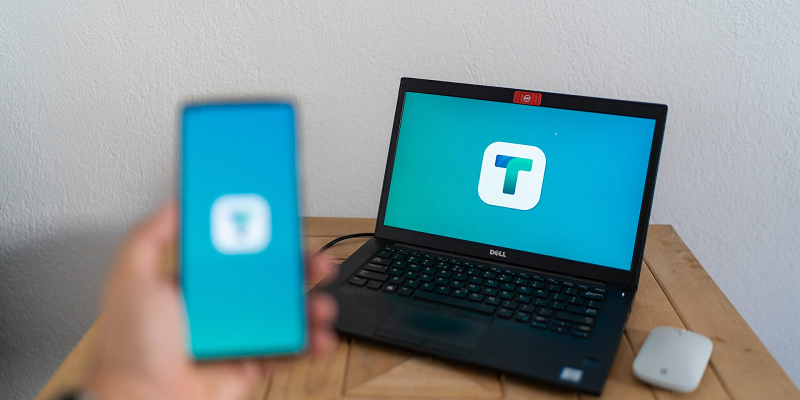Ad filtering firm eyeo, the company behind AdBlock Plus, has launched a new solution, Trestle which lets advertisers connect with 225 million users that it claims were were “never available before because of ad blocking”.
Eyeo operates the ad blocker Adblock Plus, which can be downloaded as a browser plug-in or a mobile browser app, and created the Acceptable Ads program, a committee of ad blockers (ABP plus similar services called Crystal and AdBlock) that gather consent from users to serve ads.
Launching in the US, the demand-side platform Trestle will become the marketplace that will offer what it calls a “sustainable and fair” middle ground between user choice and monetization, benefitting both advertisers, publishers and users alike.
It will also work with the Acceptable Ads Standard, an independently established and transparent set of criteria for nonintrusive ads which are shown to Acceptable Ads users across the globe.
Acceptable Ads users are unique in that they understand the important role advertisements play in keeping the internet free. This segment of more than 225 million ad-filtering users are tired of being distracted with intrusive online ads, however, they understand the critical importance of advertisement for the sustainability of a free internet ecosystem.
Therefore, this audience is more ‘ad aware’ and cognizant of the value exchange between advertisers, content publishers and users who sustain the free and open internet. While these ad-filtering users are hard-to-reach, advertisers are starting to realize the potential value of reaching them.
Aditya Padhye, General Manager, Trestle at eyeo explains: “Before the launch of Trestle, it was very difficult for an advertiser to reach an Acceptable Ads user unless it was done so accidentally. Acceptable Ads has strict criteria that have to be respected and Trestle ensures that advertisers are able to reach these users with ease.
By following the standards laid out by the Acceptable Ads Committee, an independent body which defines what formats are acceptable, brands and advertisers will have to follow strict requirements to be able to advertise to the 225 million Acceptable Ads users that Trestle reaches.
To ensure these users are provided with a ‘nonintrusive’ browsing experience, the Acceptable Ads Committee ad size, placement, animation into account, whilst also having different requirements for small and large ads.
“A fair online value exchange”
Padhye continues: “The typical online user is being bombarded with thousands of online advertising messages on a daily basis, which has been detrimental to advertisers and led to a number of new types of online users. The first is the standard users, who choose not to use an ad blocker.
As these users are familiar with viewing ads constantly, they eventually become blind to them and no longer take notice of ads, no matter how flashy they are. The second type is the non-addressable users, who dislike all forms of advertisement due to how invasive they are. These users tend to block all ads, though they are more of a minority. Acceptable Ads users fill the spectrum in-between these two extremes. By using Trestle, advertisers are reaching out to a generally younger, digital-first and tech-savvy audience who spend more time and money online than your average internet user. Whilst these users are shown fewer ads, they are more likely to ‘see’ the ads they do come across and make purchases. We have been testing campaigns on Trestle and the initial results are extremely encouraging.
“Since our inception, eyeo has done a great job in identifying a section of users that understand the need for a fair online value exchange. Through the introduction of Trestle, we have created the largest user-consented advertising platform on the free web. On top of extending our reach to create a unique solution that ensures all parties involved, from users to publishers and advertisers take part in creating a fairer and more profitable internet for all,” concludes Padhye.
Source: eyeo.com
